Output Device
Once data has been input into the computer and processed, It is of little use unless it can be retrieved quickly and easily from the system. The computer must be connected to an output device. The output units accept the results produced by the computer, convert them into a human-readable form and supply them to the users. E.g. Monitor, Printer, Speaker, Projector, Plotter, etc.
♢ Monitor:
This is the Visual Display Unit (VDU). There are various technologies for the display unit, cathode ray tube (CRT) or Liquid Crystal Display (LCD) or electroluminescent screens, or the projector. Themonitor or screen displays your work. Facing it down reduces reflected glare from room lights. This reflection may affect your sight. Monitors come in different sizes. The (most important) size of the monitor is measured diagonally on the screen (in inches). Based on this, the monitors range in sizes of 12", 14", 15", 17", 19", 21", 29", etc. Monitors are also characterized by the flatness of their screens. The flatter and the wider screens are usually the better.

♢ Plotters:
Very often it might be required to create high-quality visuals on paper, which cannot be obtained using a printer. For this purpose, a plotter is used. A plotter is an output device that is used to create presentation visuals, charts, graphs, tables, and diagrams.
A plotter consists of an arm that moves across the paper on which the diagram or graph needs to be drawn. A pen moves along the arm, and the arm itself moves relative to the paper. A combination of the two thus provides movement along the horizontal and vertical axes.
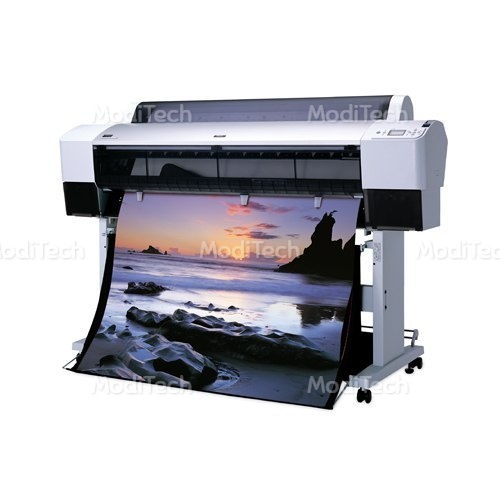
In some plotters, the paper is held stationary while the arm and the pens move over it. This is called a flatbed plotter. In the other type of plotter, the paper is wrapped around a drum and anchored at both ends. The drum rotates while the pen moves laterally along a fixed rail. This is called a drum plotter. To draw clear and high-quality diagrams, a plotter needs high-quality pens with special inks of different colors. A plotter can be connected to a PC through the parallel port. A plotter is more software-dependent than any other peripheral and needs much more instructions than the printer for producing output.
Plotters are used in applications like Computer-Aided Design (CAD), which require high-quality graphics on paper. Many of the plotters now available in the market are desktop models that can be used with PCs. Businesses typically use plotters to present an analysis in visual terms (bar charts. graphs, diagrams, etc) as well as for engineering drawings.
♢ Printer:
Printers are output devices that print the result of an operation on paper. A printer is capable of producing output that contains printed words. It is also capable of printing straight lines and simple figures like squares, rectangles, and circles.Printersare classified based on several parameters, like the mechanism used for printing, the speed of printing, the quality of output, the direction of printing, and the kind of interface they have with the computer.

There are two main types of printer:
1.Impact printer
2.Non-Impact Printer
Impact printer:
In impact printers, characters are printed by pressing a typeface against an inked ribbon. which makes a mark on the paper. The most commonly used impact printer is the Dot Matrix Printer (DMP).

In a DMP, an arrangement of tiny hammers or pins strikes the ribbon to produce the desired characters. These tiny pins typically print in a matrix of 7 dots across and 9 dots down. The impact of the appropriate pins on paper through the inked ribbon forms letters made up of dots. A kind of printer with a vertical column of up to 48 small closely packed needles or pins each of which can be individually forced forward to press an ink ribbon against the paper. Some printers use up to 24 vertical pins to print characters with a higher resolution. The speed is usually 30 to 550 cps (characters per second).
DMPs are inexpensive but noisy. They can print both text and graphics. They can print in any language without additional hardware. They can also be made to print in color by changing ribbons. These printers are used to produce internal reports and memos needed by organizations. The other types of impact printers are drum printers, daisy wheel printers and golf ball printers, line printers, Braille printers. However, these printers are not as popular as DMPS. Epson LQ-2180 Dot Matrix, Panasonic KX-PI150, HP LP500, Lexmark Forms Printer 2480, and Brother M 4318 are an example of DMPS.
Non-Impact printer:
In non-impact printers, there is no contact between the typeface and the paper while printing. They are much quieter than impact printers as their printing heads do not strike the paper.
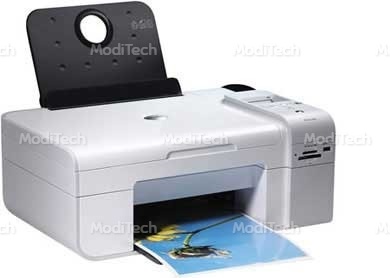
The main types of Non-Impact printers are below:-
1. Laser printers:
Laser printers use a light beam to form images on the paper using toner ink as the medium. The light beam strikes parts of a drum surface to form an image. Those parts of the drum surface, which are exposed to the light beam, become electrically charged. Only these electrically charged areas attract the toner ink particles. These toner particles are then deposited on and permanently fixed to the paper using heat or pressure.
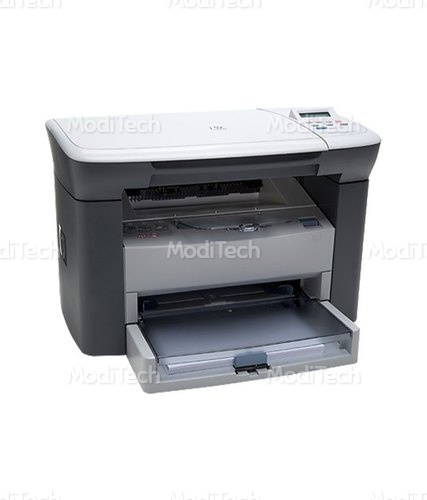
2.Inkjet Printer:
Inkjet printer, invented by Canon, uses jets of ink to print characters on paper. Three colors of cartridges, which combine magenta, yellow, and cyan inks are used to create color tones. A black cartridge is also used for crisp monochrome output. It produces high-resolution dot matrix characters.
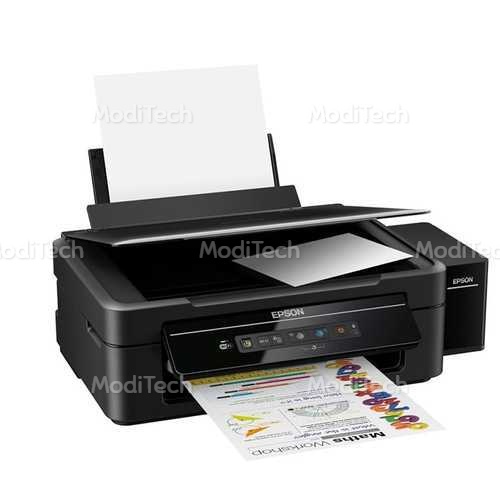
3.Thermal printer:
Thermal printers use heat to print characters on paper. Most inkjets use thermal technology. whereby heat is used to fire ink onto the paper. These printers are used in calculators and many fax machines. The drawback with this technology is that it produces low-quality and low-resolution print.

♢ Speaker:
Speaker is anOutput Deviceused to generate audio or sound output that can be heard by the listener (user). It converts electrical magnetic waves into audio waves (sound waves). It receives audio from a computer system or other electronic device such as an audio receiver. The sound card generates sound from the computer system and forwards it to the speaker.

♢ Projector:
Projector is an Output Device that is used to project video, images (moving images) onto the white surface or light-colored wall. It uses a lens to producing videos and images for projecting onto the wall. The projecting output (video/images) which the projector displays, come from the computer system. It has HDMI and VGA port, some projector also has a USB port and nowadays, it comes with Bluetooth and wifi connectivity for projecting video and image. It comes in different sizes and weight is not much heavier. Its are mostly used in a movie theatre for projecting movie and other show for large audiences and also used for presentations in the company, colleges, etc.

♢ Sound Card:
Sound Card is also known as Audio Card. It is an Output Device that is used to play sound or audio. It allows the computer to generate audio from an audio device. It uses a digital to analog converter DAC which converts data from digital signal to electronic sound signal. These signals are passed through audio output devices like - speakers, headphones, etc. Some sound cards use CODEC chips to convert the digital signal into an electronic sound signal.
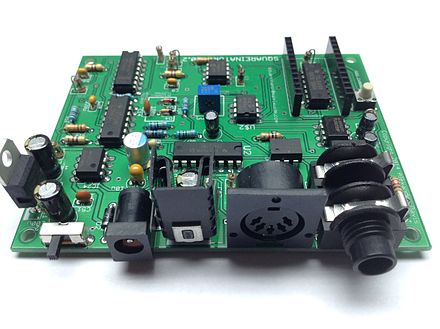
♢ Video Card:
Video Card is also known as Graphics Card or Display Card. It is an expansion card which means it is connected with the main circuit board (motherboard). It is used to produce graphical input (images/video) to a display unit like a monitor. A graphic card has a processor calledGPU (Graphical processing unit). It performs a process of creates and manipulating the image in a frame of the display unit.
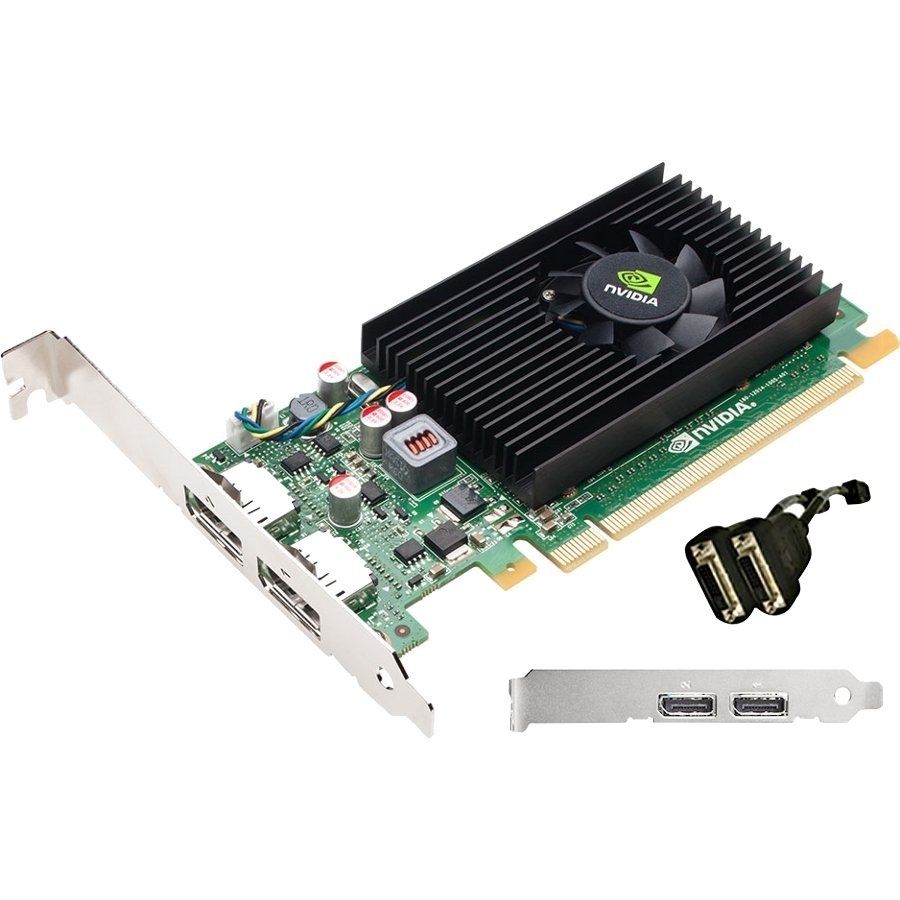
♢ Headphone:
A headphone is an output device that is used to hear the sound (audio). It contains a small loudspeaker driver that can be put around the user's ears. It has two earbuds and comes in wired or wireless connectivity. Using a transducer, it converts an electric signal into a sound signal. The sound quality of audio devices depends on the size (in mm) of the dynamic driver. The large size of the driver will generate good quality of audio whereas less size of the driver will generate low audio.
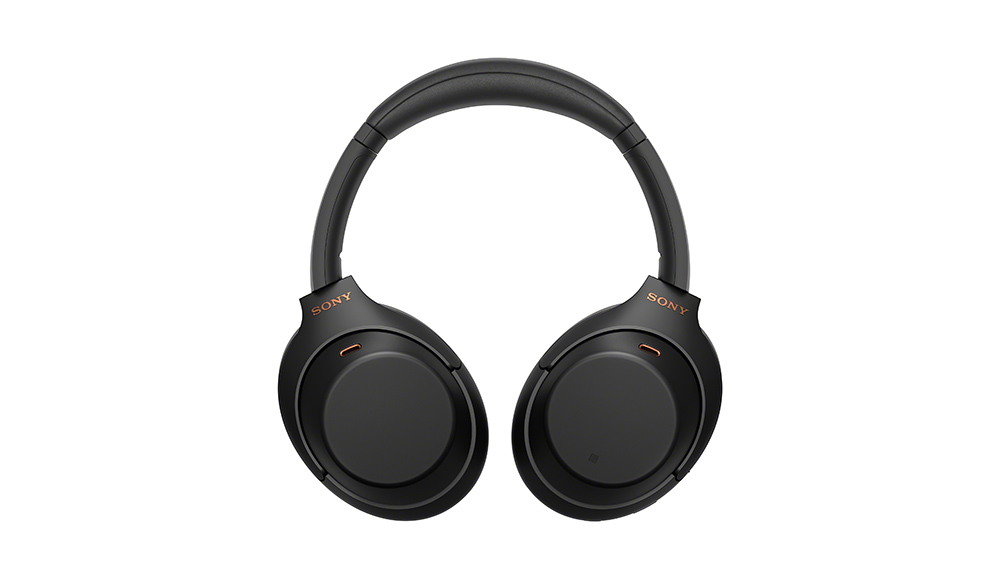
You might like this :-
○ History of computer
○Output Device
○Operating system
○What is Software?